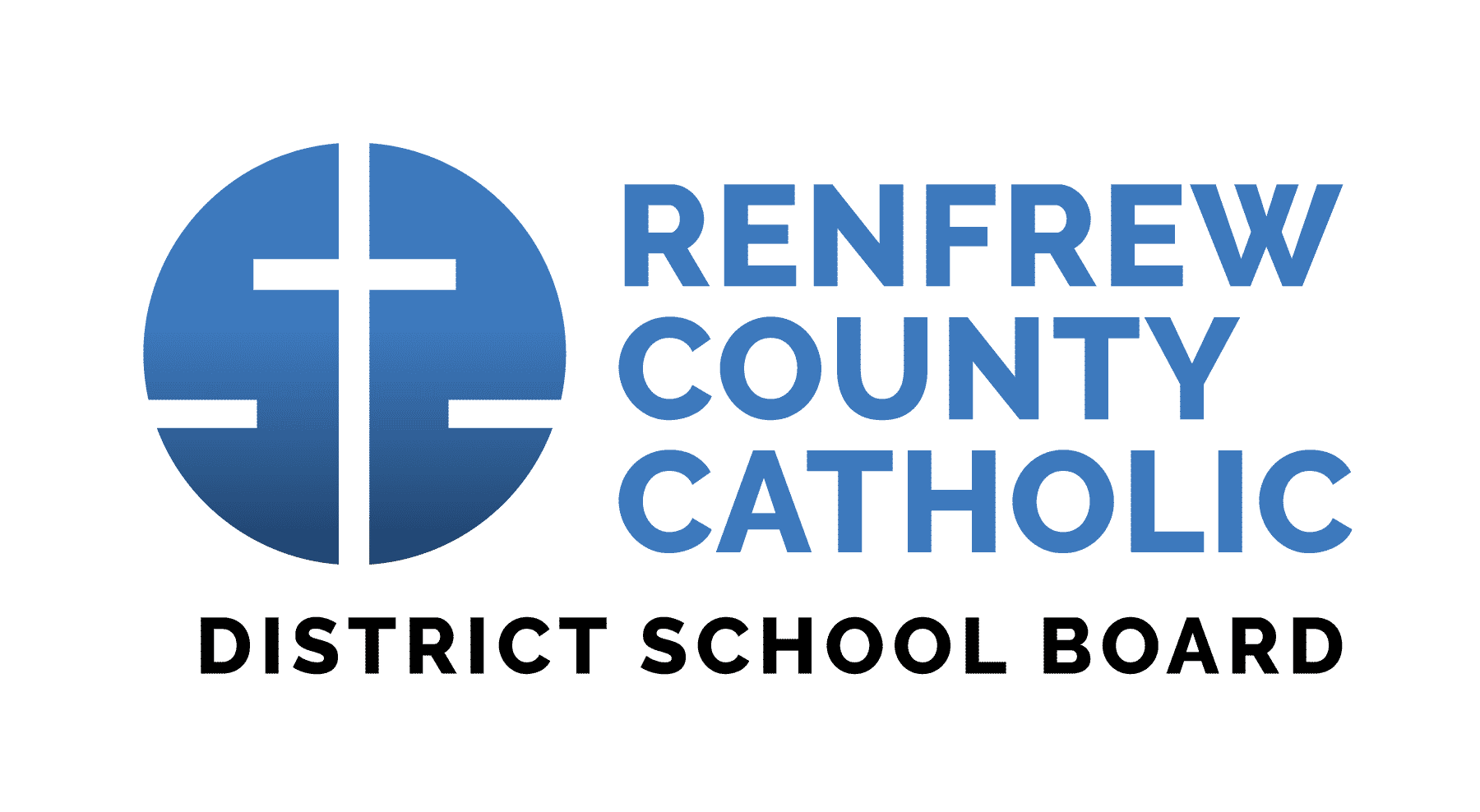Special Education
Because we strive to integrate students with special needs into the mainstream of school life, effectively utilizing the tiered approach in our classrooms has become a renewed focus. As outlined by the Learning for All (Ministry of Education) document, “the tiered approach to prevention and intervention is a systematic approach to providing high-quality, evidence-based assessment and instruction and appropriate interventions that respond to students’ individual needs. It is based on frequent monitoring of student progress and the use of assessment data, focusing on learning rate and level, to identify students who are facing challenges in learning and to plan specific assessment and instruction interventions of increasing intensity to address their needs effectively (page 24, Learning for All).” It is important to note that the tiered approach can be used to address a wide variety of student needs, not just academic or learning needs. In Renfrew County Catholic District School Board, the tiered approach is used to provide increasingly intensive supports to students in the areas of learning, behaviour, speech and language development, social emotional regulation, and mental health and wellness.

Tier 1
Tier 1 can be best described as universal programming. Tier 1 strategies and supports are high-quality and evidence based (e.g., Universal Design for Learning (UDL), Differentiated Instruction (DI), etc.) and, on their own, are believed to effectively meet the needs of about 80% of the student population.
Tier 2
Tier 2 can be best described as targeted group interventions. Tier 2 strategies may include small-group instruction, co-teaching, etc. Tier 2 strategies are provided in addition to Tier 1 strategies, not in place of them. It is believed that about 15% of the student population requires Tier 2 supports in one or more areas.
Tier 3
Tier 3 can be best described at intensive individual interventions. The premise of Tier 3 is to intensify and individualize programs, strategies, and procedures in order to supplement or enhance Tier 1 and Tier 2 supports. Tier 3 may include significant adaptations tailored to the unique needs of individual students. It is believed that about 5% of the student population requires Tier 3 supports in order to experience progress and success.
Ontario Ministry of Education. 2013. Learning for all: A guide to effective assessment and instruction for all students, kindergarten to grade 12.
Katz, Jennifer (2013). Resource teachers: A changing role in the three-block model of universal design for learning. Winnipeg, MB: Portage and Main Press




